Getting Off the Beaten Path in Panama: A Local's Guide
Far smaller than its Colombian neighbor and considerably less expensive than Costa Rica next door, Panama is waiting to be discovered. Most first-time visitors don't know much about Panama, and it tends to leave them pleasantly surprised.
 Photo © iStock/diegocardini
Photo © iStock/diegocardini
I left the hustle and bustle of London to find paradise in the Caribbean two years ago on a solo trip, and oh boy did I find countless treasured discoveries and adventures in Panama. So much so, I decided to call it home.
Its capital city is an urban wonderland filled with majestic, cloud-caressing skyscrapers on the banks of the Pacific Ocean. It enjoys over 1,500mi (2,414km) of shoreline and boasts some of the world’s most alluring beaches. But where do you start?
- Where to go for culture in Panama
- Unique experiences off the beaten track
- Where to go for adventure in Panama
- Relocating to Panama
- How Panama has changed my view of the world
Where to go for culture in Panama
Panama Canal
Visiting Panama without witnessing the Panama Canal is equal to omitting the Sistine Chapel from a Roman pilgrimage. The best way to get close to the action is at the Miraflores Locks visitor center, where there are observation decks and an interactive exhibit showcasing the canal’s history and the area’s biodiversity.
While the Panama Canal is indeed a monstrous feat of engineering, many find the experience a tad disappointing, particularly if they don’t see any ships going by – so it’s best to check the ship schedule before making the trip. Even more spectacular is crossing the canal by boat. Now that’s something.
Panamá Viejo
Any visit to Panama City must include a stopover at Panamá Viejo, also known as Panamá la Vieja. Panama City was actually located at this archeological site until English pirate Henry Morgan (of rumored Captain Morgan fame) destroyed it in the 1670s. What’s left of the monument is now a museum and tourist attraction. Don’t go on a Monday when the museum closes, as many Panamanian businesses also do.
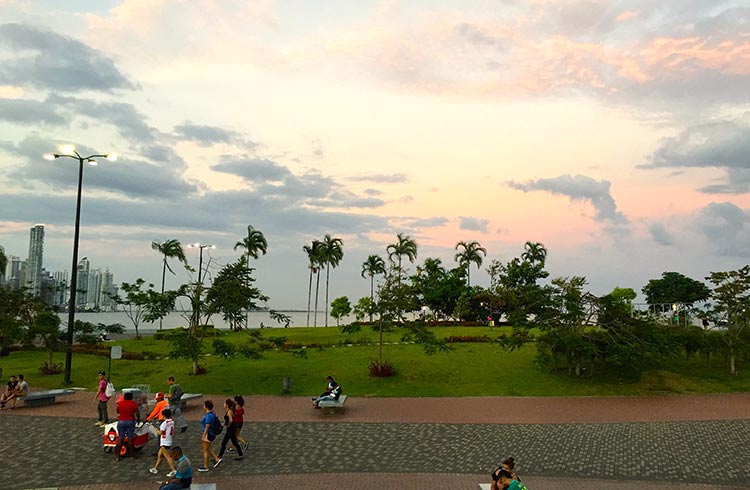
Casco Viejo
The old quarter of Casco Viejo is a cultural event in itself and indisputably holds the lion’s share of Panama City’s magic. Many fall in love with the city, largely due to Casco’s collection of narrow streets, dreamy balconies and Spanish colonial architecture.
The area goes by several names: Casco Viejo, Casco Antiguo and San Felipe. Fret not, however; your Uber driver will know exactly where you mean.
Perhaps one of the most exciting things about Casco Viejo is the juxtaposition of old and new. It was bestowed with UNESCO World Heritage status in 1997 and is a place of contrasts: dilapidated buildings alongside regal modern structures. The streets are quiet and all yours to peruse in the afternoon but will come alive in the evenings, as most of the city’s nightlife has moved here.
Celebrate Carnival in Panama
Thought Carnival was only for the Brazilians? Every February Panama comes alive for this 4-day celebration that’s deeply entrenched in the country’s culture.
Nation-wide, there are street parties, parades, fireworks and mojaderas– water balloons, buckets and even fire hoses spraying you till you’re soaking wet.
For the ultimate carnival experience, visit the carnival queens in the town of Las Tablas, which hosts the most extravagant celebration in the country.
Unique experiences off the beaten track
Ancon Hill
Panama City is the only capital in the world with a rainforest within the city limits. Take the brisk 30-minute hike up Ancon Hill (Cerro Ancon) and spot Keel-billed Toucans without even leaving the city.
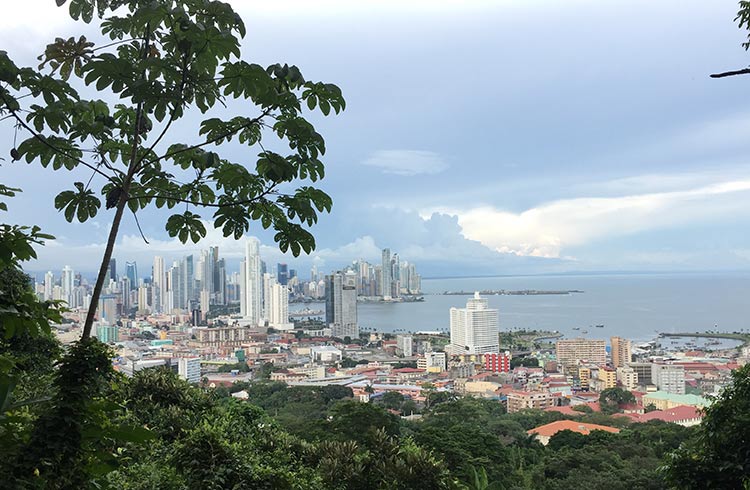
El Cangrejo neighborhood
The capital is a pleasure to discover on foot, and a stroll around the El Cangrejo neighborhood will introduce you to a giant statue of Albert Einstein’s head – yes, just the head.
Explore the archipelagos
Once you’re ready to leave Panama City behind, head further afield to one of Panama’s many spellbinding archipelagos. Panama is warm 365 days a year and has just two basic seasons: the rainy season from May-November and the dry season, which runs from December-April.
Speaking of 365, island-hop between 365 pristine islands of perfection and simultaneously connect with an indigenous tribe at the San Blas Islands. The region (also referred to as Guna Yala) is inhabited by the Kuna Indians who control all tourism. The archipelago has around 100 nameless islands and islets in which to get splendidly lost.
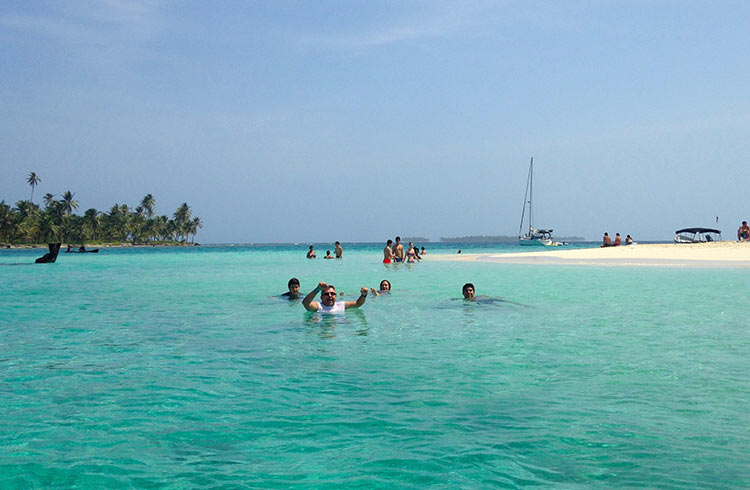
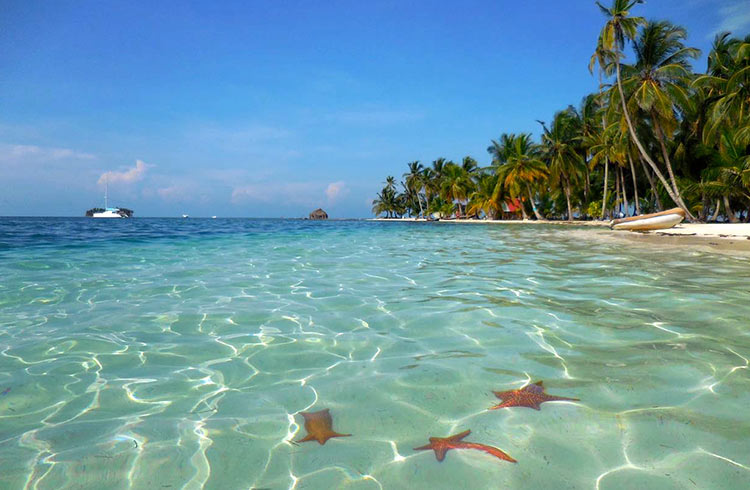
Discover the little-visited Darien jungle
Explore the unknown with a hike through the remote Darien jungle that stretches from Panama to Colombia – it’s one of the least visited places on earth.
The Darien National Park is also a UNESCO World Heritage site (one of five in Panama) and here, bird watchers can have a field day every day. Proceed at your own risk, however, as the not-so-friendly neighbors here including jaguars, fire ants, pit vipers, botflies and paramilitary groups.
Friendlier neighbors are the Embera people who live in the Darién province. A day trip or overnight tour can grant you insight into their way of life and distinctive pastimes.
Watch the sun rise and set in Boquete
For a truly unique experience, see the sun rise on the Pacific and set on the Atlantic. This magical feat is possible in only one place in the world: the dormant Barú volcano in Boquete, western Panama.
Geisha Coffee, the “champagne of coffees”, is grown on the mountains of Boquete and will put quite a dent in your wallet. It is, however, a must-try in Panama.
While in Boquete, secure the services of a tour guide to accompany you on the Quetzal trail in order to spot this famed and rare bird of Mesoamerican cultures.
Wildlife encounters
Panama is a hotbed of biodiversity. Only here can you meet the pygmy three-toed sloths that live on Isla Escudo de Veraguas. There are said to be only 79 in existence.
Explore your boundaries by scuba diving and whale watching on the Pacific Coast at Isla de Coiba or at the Gulf of Chiriqui between July and October when Humpback Whales migrate here to give birth and build fat depositories prior to the winter. The area is also home to Hammerhead sharks.
Where to go for adventure in Panama
Unlike neighboring Costa Rica, Panama is not earmarked as a travel destination centered solidly around eco-adventures. Notwithstanding, Panama is almost completely covered in rainforest and home to some 976 species of birds, more than the US and Canada combined. The country is still largely undiscovered so you won’t find many package tourists here, and it’s a great place to explore solo or enroll in Spanish classes.
Panama is heaven for lovers of lush jungle treks, snorkeling, waterfall hikes and surfing. Santa Catalina in the province of Veraguas is one of Central America’s longest beach breaks and Playa Venao, on the Pacific coast, attracts wave and sun-worshippers in droves. Swim in the wild at Los Cajones de Chame, a small canyon 90 minutes from Panama City.
Bocas del Toro
Paradise beaches, nature expeditions and nightlife exist in perfect symmetry in the archipelago of Bocas del Toro. You’ll often hear through the grapevine about places where travelers tend to get “stuck”. Bocas del Toro is one such place, trapping travelers with its sweet nectar of party excess and incredible tropical beauty.
In Bocas, there is an island to suit every craving. Isla Colon is where the bulk of the action happens: restaurants, bars, and diving schools, as well as tour operators. Isla Colon also has two famed surf beaches – Paunch and Bluff. Stop off at Paki Point on the way there to cool off and rent surfboards.
Isla Carenero conversely suits those in search of a little peace and quiet. The Zapatilla islands are the pristine gems you will dream about once you return home. Isla Bastimentos, the largest of the nine islands, attracts those longing for postcard beach views with a bit of rough jungle in the background.
There are three bat caves on Bastimentos: Nivida, Bat’s Mouth and La Gruta. Wade through waters 4-5 feet deep to discover the various vampire species that call these caves home. It’s far more enjoyable than it sounds.
Tours between the different islands often include snorkeling stops at Coral Cay (Cayo Coral) or Dolphin Bay for the chance to see schools of dolphins getting along swimmingly. October is Bocas’ slowest month just before the high season kicks off in November, so be sure to plan your trip accordingly.
Bocas is my favorite part of Panama, and the country’s number one beach destination for a reason. I’d never heard of Bocas before a friend coerced me to book a flight there on a whim. The element of surprise when I stumbled upon this unknown nirvana honeyed the experience considerably. I have since returned to Bocas on eight occasions. The novelty never fades.
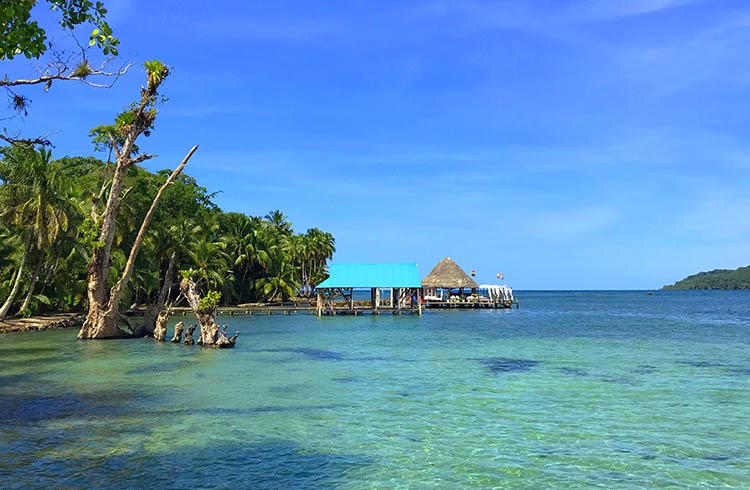
Tips for relocating to Panama
Panama comfortably hosts around 190,000 foreign nationals of out its four-million-strong population.
Tocumen international airport in Panama City may not be the prettiest, but it has the best connections in Central America. The currency here is the US Dollar, making your purchases that much easier to navigate.
Panama also has an attractive visa scheme whereby Americans, Canadians, Australians, and most EU citizens can stay in the country without a visa for 180 days. Panama City is also increasingly becoming a hub for digital nomads in the region, as evident by the slew of co-working spaces popping up in recent years.
If you are based in Panama City, countless lush weekend jaunts are yours for the taking within mere minutes. Bocas del Toro is a 50-minute flight away; the surf breaks of Coronado are an hour's drive from Panama City; the island of Contadora in the Pearl Archipelago can be explored after a 90-minute ferry ride from the city, while escaping to the mountains, waterfalls, butterfly farms and hot springs of El Valle de Antón takes just two hours by car.
How Panama has changed my view of the world
I stepped foot on this soil on a solo trip, two years ago. Emotionally (and now physically) I have been pleasantly stuck here ever since. Before coming to Panama, I wish I knew that the waters were this blue, nature this wild, and the people this warm. Panama changed my perceptions by exposing me to the raw beauty of the world.
Travel challenges you, and solo travel, in particular, leaves you teetering on a tightrope between excitement and agonizing fear. You’ll have to face yourself. You’ll be pushed out of your comfort zone. You’ll grow, get a fresh start and make lifelong connections.
In Panama, I have been forever touched by the feeling of community, the culture and, of course, the exquisite beaches. Locals will tell you that Panama is one of the most beautiful countries in the world. Fortunately, I too can now call myself a local.
Related articles
Simple and flexible travel insurance
You can buy at home or while traveling, and claim online from anywhere in the world. With 150+ adventure activities covered and 24/7 emergency assistance.
Get a quote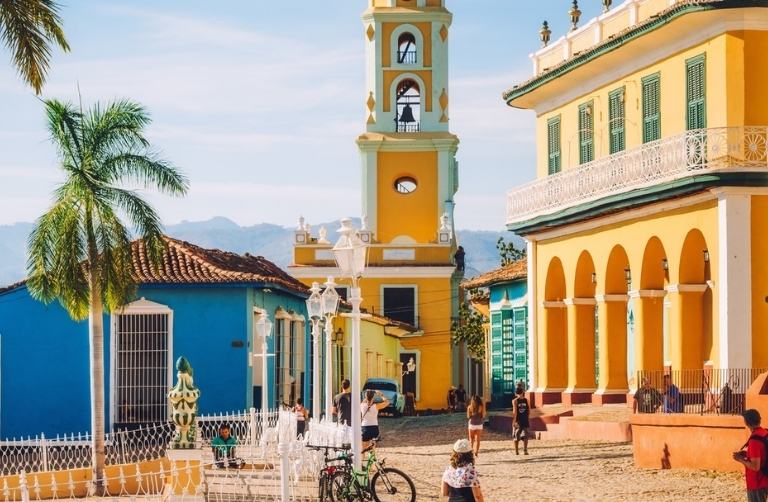
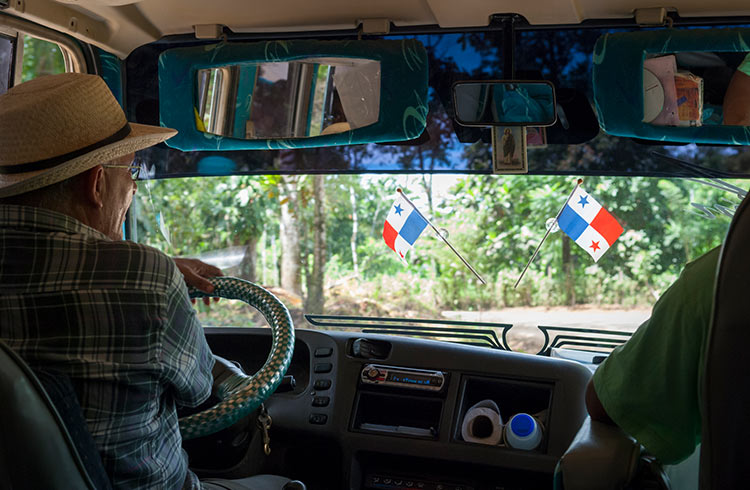
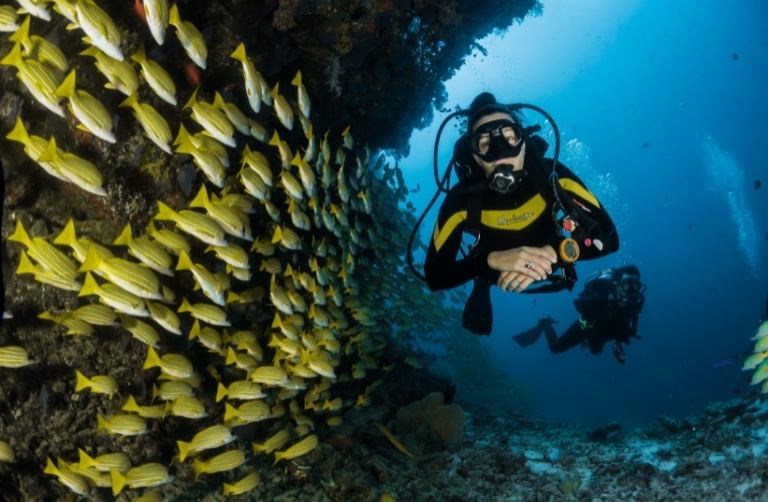
5 Comments
Amazing article!
Thanks for all the tips and point of view!!
This is totally not what I thought Panama looked like. Pleasantly surprising indeed.
Which city on the Caribbean, would you recommend to live and snorkel? Average monthly expenses comparing to US midwest? Quality/cost of health care?
Thanks.
Hi Eve, the archipelago of Bocas del Toro is on the Caribbean and the cost of living will be considerably less than the midwest but the quality of health care will most likely not be comparable. There's great snorkelling though :)
Wowza! Booking me a flight to Panama ASAP!